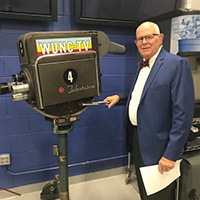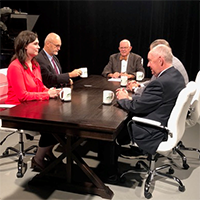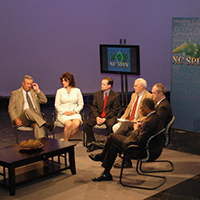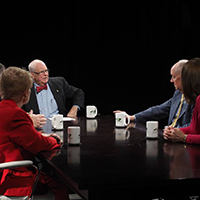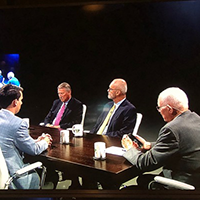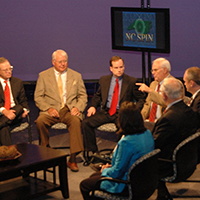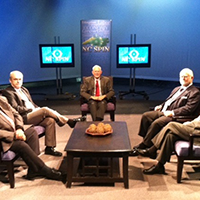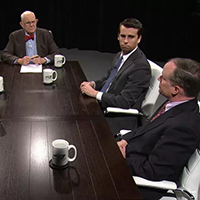Winners and losers in governor's budget
Published March 11, 2015
by Patrick Gannon, The Insider, March 10, 2015.
At first glance, Gov. Pat McCrory's budget for 2015-2017 is down the middle – not too friendly, not too unfriendly. Although outside groups on both the right and left have criticized the plan, much of the early commentary from inside the General Assembly, where the final spending plan will be crafted, has been fairly positive. Even Rep. Ken Goodman, a Rockingham Democrat and chairman of a business-minded group of Democrats, called the Republican governor's budget "very pragmatic" and "centrist oriented."
As with any budget, McCrory's plan helps some causes and hurts others.
It helps veterans and law enforcers. For out-of-state veterans, it allows them to attend public universities and community colleges at in-state prices. The budget also creates a Department of Military and Veterans Affairs, putting a greater focus on supporting veterans and maintaining the state's large military presence.
The two-year budget also would provide raises for hundreds of highway patrol troopers. And it would spend nearly $21 million in the second year to boost the pay of thousands of prison guards. McCrory said in his "State of the State" speech that corrections officers are "confronting the most violent people in our state every minute of their day" and that, on average, a corrections officer was assaulted every 11 hours in 2014.
McCrory's plan helps new teachers by increasing starting pay from $33,000 to $35,000 a year, at a cost to taxpayers of about $42 million a year. It doesn't, however, provide across-the board raises for all state employees, nor does it contain a cost-of-living adjustment for retirees, which State Treasurer Janet Cowell recommended.
The spending plan hurts community college students by raising tuition by $128 a year for full-time students. The extra tuition cost would come on top of other increases in recent years, although North Carolina's community colleges would remain among the most affordable in the Southeast.
It helps the state's transportation infrastructure and aging and inefficient state buildings, proposing $1.2 billion to $1.4 billion in bonds for each to take advantage of low interest rates.
At the same time, the McCrory budget would set a floor on the state gas tax to keep it from decreasing automatically by several cents on July 1, meaning motorists would pay more taxes at the pump than they would without the proposed change.
The budget hurts the film industry, offering just $10 million a year for a grant program, which replaced a generous tax rebate program this year that provided much more than that in incentives to production companies. Film industry advocates in the General Assembly have filed bills seeking $66 million a year for the grant program.
It helps the state's bank accounts, putting away $175 million over two years toward a Medicaid reserve fund to provide a buffer if costs in the health insurance program for the poor, elderly and disabled increase above projections. It also would add $47 million to a rainy day fund, bringing that balance to $698 million.
It helps and hurts the university system. It helps by providing cash for enrollment growth and for a program to commercialize university technologies and products. But it hurts by cutting an additional 2 percent from university budgets, which have faced the budget ax in recent years, while providing no salary increases for faculty and staff.
McCrory's proposal is simply the starting point for the budget process. Lawmakers will have much more to say as the House and Senate craft their own budgets in the coming weeks.
In the end, the winners in McCrory's budget might be losers and vice versa.
